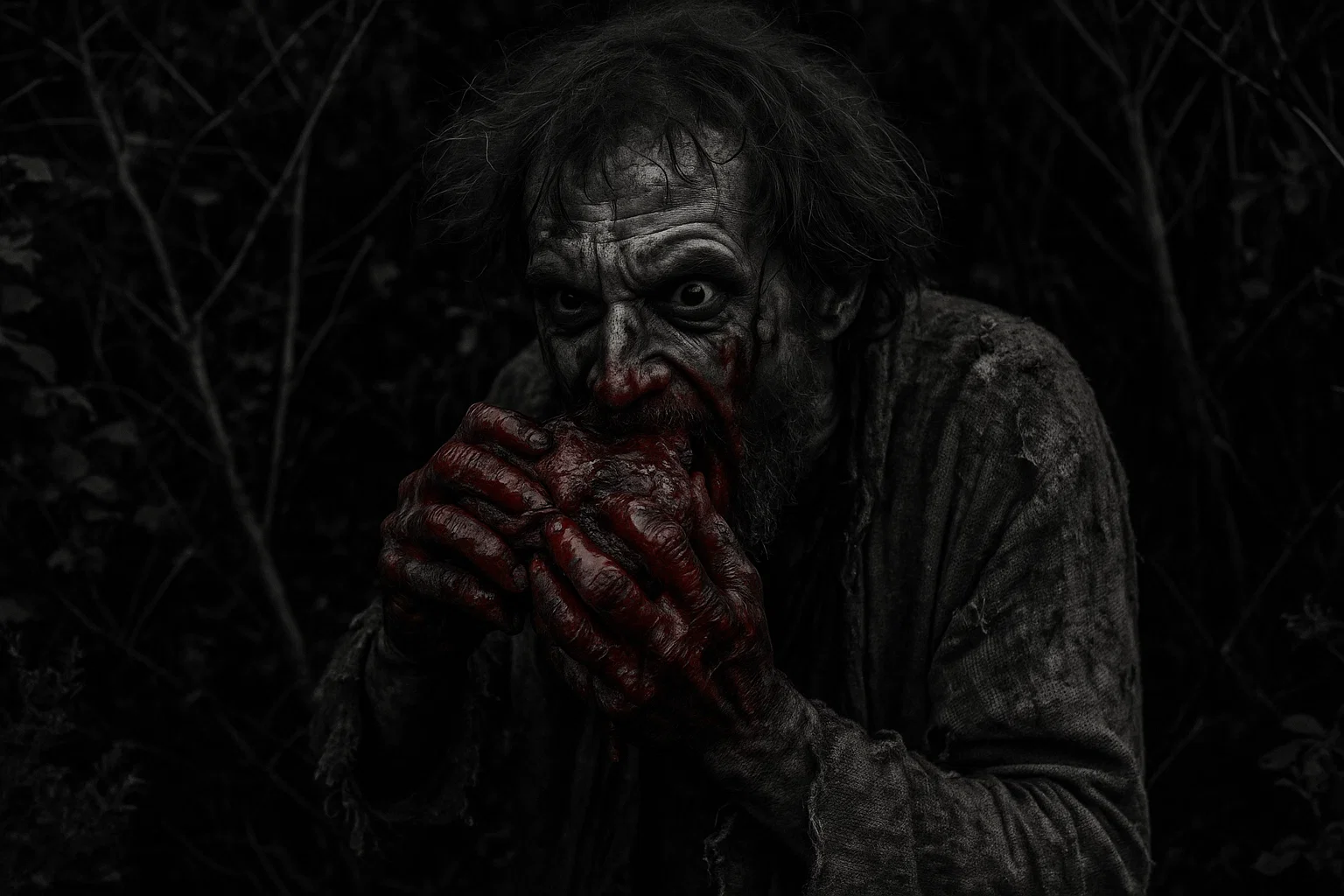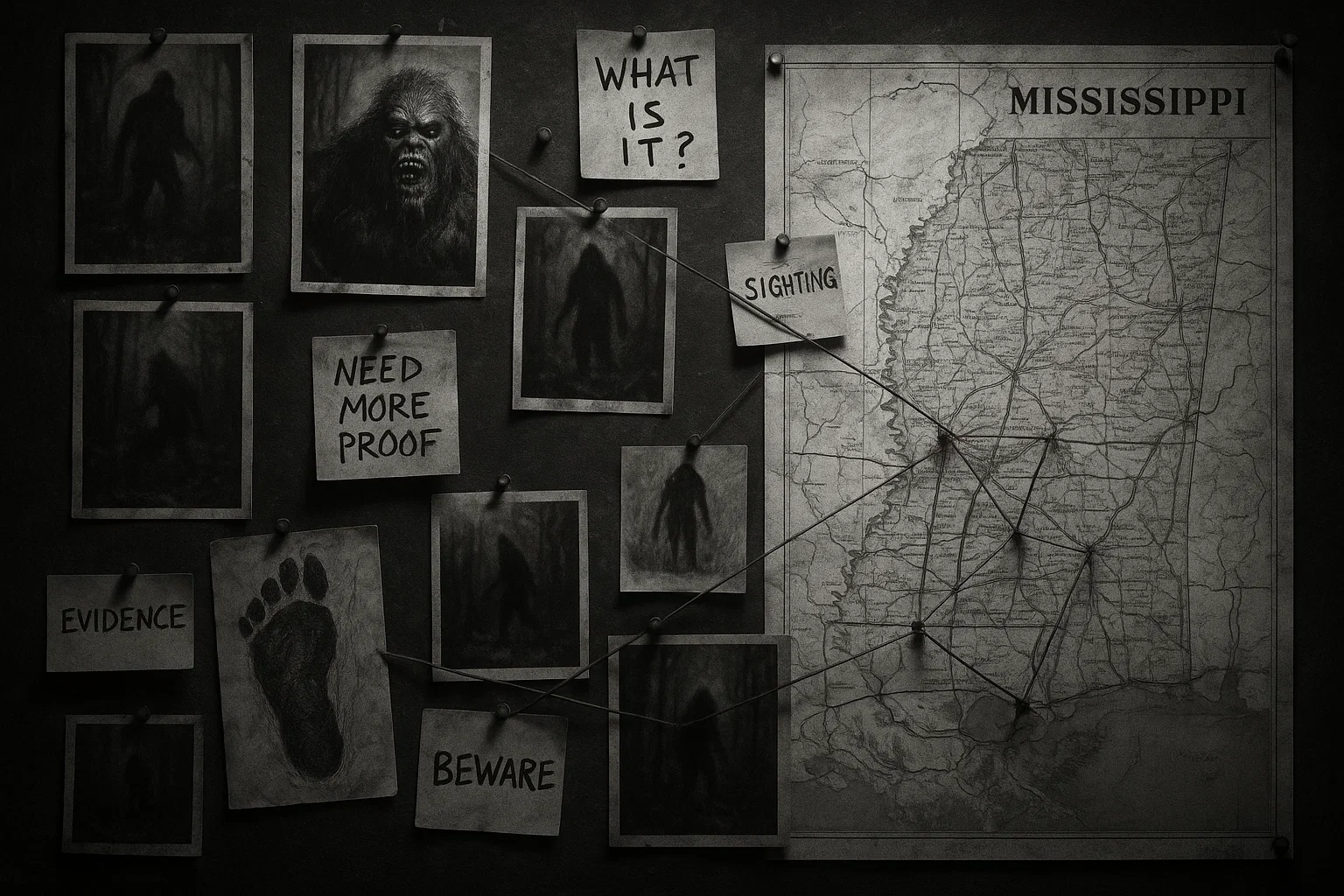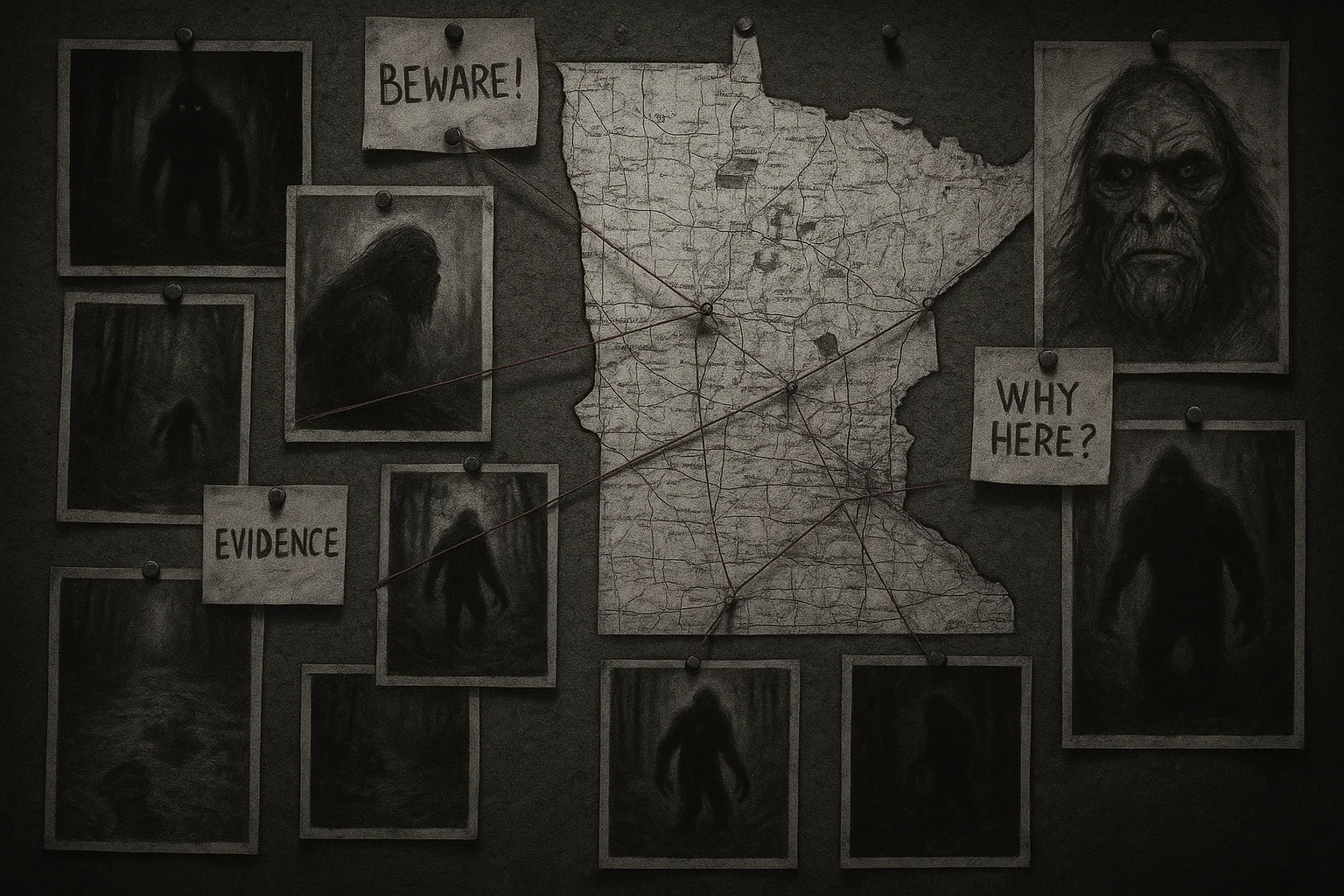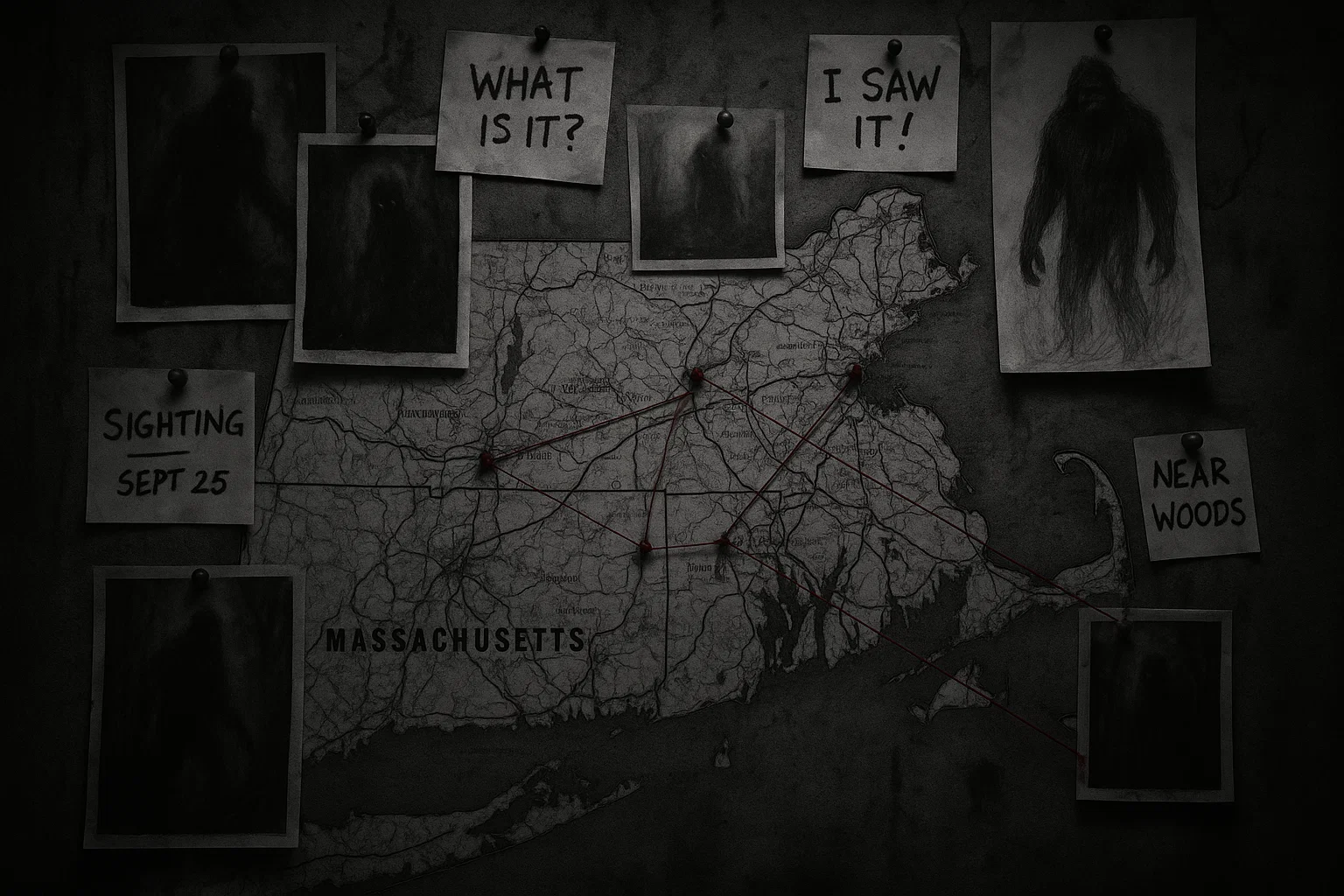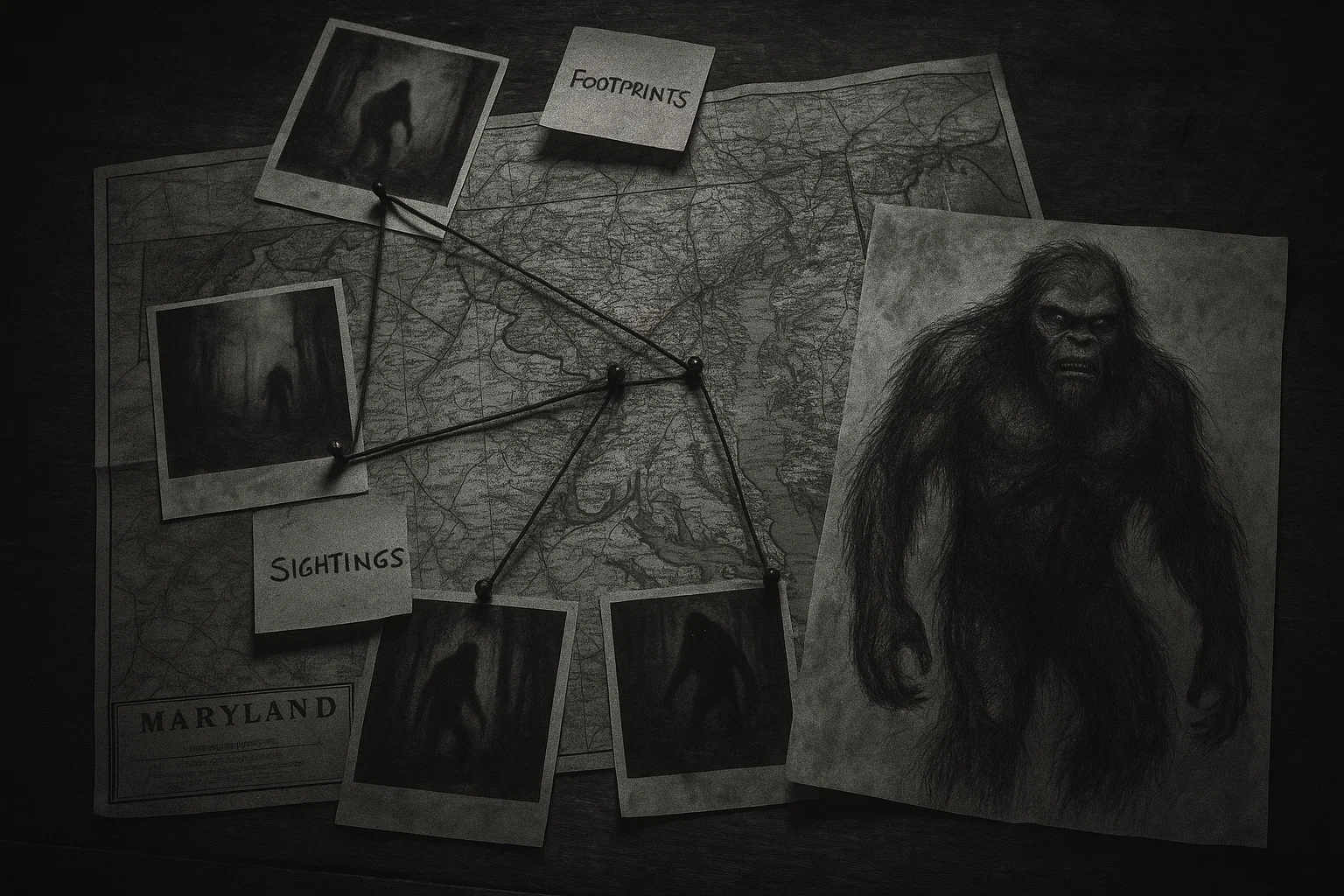Peter Stumpp, infamously known as the Werewolf of Bedburg, stands as a haunting figure in 16th-century German folklore. In 1589, this unassuming farmer was accused of transforming into a wolf through a demonic pact, committing heinous acts that shocked the Rhineland.
His chilling tale, steeped in superstition and brutality, remains a cornerstone of werewolf lore, blending historical tragedy with supernatural terror.
Table of Contents
Overview
This table offers a quick snapshot of Peter Stumpp’s life and case:
| Aspect | Details |
|---|---|
| Name | Peter Stumpp (also Stubbe, Stübbe, Stumpf) |
| Occupation | Farmer |
| Location | Bedburg, Epprath, near Cologne, Germany |
| Time Period | c. 1530–1589 |
| Accusations | Werewolfery, witchcraft, murder, cannibalism, incest, bestiality |
| Trial Date | 1589 |
| Execution | October 31, 1589; tortured, beheaded, and burned |
| Primary Source | 1590 pamphlet: The Damnable Life and Death of Stubbe Peeter |
Who Was Peter Stumpp?
Peter Stumpp, born around 1530 in the rural village of Epprath near Bedburg, Germany, was a farmer of moderate wealth and standing. A widower with two children—a daughter, Beele (Sybil), and a son whose name remains unrecorded—he was known for his courteous demeanor and frequent visits to Cologne for trade.
Despite his respectable reputation, whispers of his involvement in occult practices surfaced, possibly due to his prosperity during the turbulent Cologne War (1583–1588), a conflict between Catholic and Protestant factions.
Stumpp’s farm, located in a region plagued by famine and religious strife, made him a potential target for envy or suspicion. His nickname, “Stumpf,” may have stemmed from a physical injury—a missing left hand—later tied to werewolf accusations.
In 1589, his arrest for lycanthropy and other crimes shattered his community’s perception, cementing his legacy as the Werewolf of Bedburg.
You May Also Like: Kisaragi Station Urban Legend: Real Ghost Story or Internet Hoax?
Peter Stumpp’s Story
Peter Stumpp’s life began unremarkably in the agrarian landscape of Bedburg, a small town near Cologne. Born around 1530, he grew up during a time of religious upheaval, with the Protestant Reformation challenging Catholic dominance.
As a farmer, Stumpp cultivated crops and raised livestock, supporting his family through trade in Cologne’s bustling markets. His wife’s death left him a widower, raising his daughter Beele, approximately 15 years old by 1589, and a younger son.
By all accounts, Stumpp was a diligent, sociable man, yet the turmoil of the Cologne War brought economic hardship and social distrust, setting the stage for his infamous accusations.
The allegations against Stumpp were rooted in a 25-year spree of alleged crimes, from 1564 to 1589, during which he supposedly transformed into a wolf using a magical girdle bestowed by the devil.
At age 12, Stumpp claimed he dabbled in black magic, forging a pact with Satan that granted him the power to become a “greedy, devouring wolf” with glowing eyes and immense strength.
His crimes, detailed in his confession, were gruesome and numerous:
- Murders and Cannibalism: Stumpp confessed to killing 14 children, including his own son, whose brain he reportedly tore out and ate. He also admitted to murdering two pregnant women, ripping their fetuses from their wombs and consuming them, describing their flesh as “dainty.” These acts occurred in the forests and fields around Bedburg, where bodies were found mutilated.
- Livestock Slaughter: He attacked goats, lambs, and sheep, leaving carcasses strewn across pastures. These incidents fueled local panic, as farmers attributed losses to a predatory beast.
- Incest and Immorality: Stumpp admitted to an incestuous relationship with his daughter Beele, claiming she bore his child. He also confessed to relations with a succubus, a demonic entity sent by the devil, and his mistress, Katherine Trompin, a distant relative.
The crimes came to light in 1587–1588, when villagers reported missing children and mutilated livestock.
A young girl, Anna Schwartz, vanished while tending sheep, her body later found torn apart near Epprath. Two pregnant women, Greta Mueller and Lisebeth Vogel, were discovered disemboweled in a forest clearing, their unborn children missing.
These atrocities sparked terror, with rumors of a monstrous wolf spreading through Bedburg. Local authorities, led by Magistrate Johann Veltmann, initially suspected a natural predator, but the savagery suggested something unnatural.
Witnesses played a crucial role. Hans Keller, a shepherd, claimed to have seen a wolf with “fiery eyes” near his flock, while Greta Braun, a villager, reported seeing Stumpp near a crime scene, his clothing bloodied.
The most damning account came from a hunting party in 1589. Led by Johann Moeller, a local noble, hunters tracked a wolf after another child’s disappearance.
They claimed to have wounded the beast, severing its left forepaw, only to find Stumpp the next day with a missing left hand, solidifying the link to his nickname “Stumpf.”
This incident, though possibly coincidental, galvanized the community’s suspicions.
The authorities reacted swiftly. Veltmann, under pressure from terrified villagers and the Catholic Church, organized armed patrols. The Cologne War’s backdrop amplified fears, as Protestant and Catholic tensions fueled accusations of witchcraft and devilry.
By mid-1589, Stumpp was arrested after hunters allegedly saw him transform from wolf to man, shedding the magical girdle, which was never recovered.
The accusations painted Stumpp as a serial killer whose lycanthropic powers enabled a reign of terror, though no physical evidence corroborated the supernatural claims.
You May Also Like: The Infamous Cursed Kleenex Commercial: Fact, Fiction, and Urban Legend
Peter Stumpp’s Werewolf Trial
The capture of Peter Stumpp in mid-1589 marked the beginning of a harrowing judicial ordeal. Hunters, led by Johann Moeller, apprehended him in a forest near Bedburg after allegedly witnessing his transformation from wolf to human.
Bound in chains, Stumpp was taken to Bedburg’s gaol, a dank stone cell in the town’s fortified keep. There, he faced relentless interrogation by Magistrate Johann Veltmann and a panel of local clergy, including Father Heinrich Blum, who sought to root out demonic influence.
Interrogation began with verbal questioning, but Stumpp’s initial denials led to torture.
He was strapped to the rack, a device that stretched limbs to excruciating lengths, tearing muscles and joints. Hot irons seared his flesh, and thumbscrews crushed his fingers, compelling a confession by late summer 1589. Stumpp admitted to a 25-year pact with the devil, describing the magical girdle that enabled his transformations.
He detailed his crimes: 14 child murders, two fetal cannibalizations, incest with Beele, and relations with Katherine Trompin and a succubus. The confession, recorded by scribe Wilhelm Schreiber, was rife with sensational details, likely shaped by his interrogators’ expectations.
The trial, held in October 1589, was a public spectacle in Bedburg’s town square. Veltmann presided, flanked by clergy and nobles, including Baron Dietrich von Altenburg, a regional lord.
Witnesses testified: Hans Keller recounted the fiery-eyed wolf, Greta Braun described Stumpp’s bloodied clothing, and Johann Moeller swore he saw the transformation.
Beele and Katherine Trompin, also arrested, were accused of complicity. Beele, barely 15, was labeled a willing participant in incest, while Trompin was deemed a witch. No defense was provided, as was typical in witchcraft trials, and the lack of the magical girdle was dismissed as devilish trickery.
On October 28, 1589, Stumpp was sentenced to a brutal execution, carried out on October 31.
The execution was designed to terrify and deter:
- Torture: His flesh was torn with red-hot pincers in ten places, exposing raw muscle.
- Mutilation: His arms and legs were broken with the blunt side of an axe, ensuring he could not rise as a demon.
- Beheading: A swordsman severed his head in a single stroke.
- Burning: His body was burned on a pyre, reducing it to ashes.
Beele and Trompin faced equally horrific fates. Beele was flayed, her skin stripped in strips, before strangulation and burning. Trompin was strangled and burned alongside Stumpp.
A pole was erected with a torture wheel, bearing 16 wooden strips for Stumpp’s victims, a wooden wolf effigy, and his severed head, displayed as a warning. The execution drew hundreds, reinforcing the Church’s narrative of demonic retribution.
You May Also Like: Slavic Vampires: The Terrifying Truth About the Upyr
Peter Stumpp vs Other Werewolves
Peter Stumpp’s case was part of a wave of werewolf trials in early modern Europe, often tied to witchcraft hysteria:
| Name | Location | Year | Execution | Notes |
|---|---|---|---|---|
| Gilles Garnier | Dole, France | 1573 | Burned at the stake | Hermit; killed four children, ate flesh; confessed under torture. |
| Gandillon Family | St. Claude, France | 1598 | Hanged and burned | Pernette lynched; Pierre and Georges confessed to wolf transformations. |
| Jacques Roulet | Angers, France | 1598 | Mental hospital | Beggar; spared death due to perceived insanity; confessed to eating children. |
| Jean Grenier | Bordeaux, France | 1603 | Life imprisonment | 14-year-old; admitted to attacking girls; deemed mentally ill. |
| Pierre Burgot & Michel Verdun | Poligny, France | 1521 | Burned at the stake | Claimed to use salve for transformation; killed several children. |
| Hans the Werewolf | Estonia | 1603 | Executed | Part of Livonian trials; sparse details on crimes. |
| Werewolf of Ansbach | Ansbach, Germany | 1685 | Hanged and burned | Anonymous figure; killed livestock; body displayed in wolf form. |
| Werewolf of Châlons | Châlons, France | 1568 | Burned at the stake | Tailor; mutilated dozens of children; refused to confess until tortured. |
Stumpp’s case mirrors others in its use of torture to extract confessions and demonic pact narratives.
However, the scale of his alleged crimes—16 murders, including his son and fetuses—surpasses most, as does the detailed 1590 pamphlet. Unlike Roulet or Grenier, who were spared death due to perceived insanity, Stumpp’s execution was exceptionally brutal, reflecting Bedburg’s intense fear.
The inclusion of his daughter and mistress as co-conspirators is also unique, highlighting the era’s tendency to expand accusations to families.
You May Also Like: Types of Werewolves Ranked by Power and Origin
Was Peter Stumpp Real?
The tale of Peter Stumpp, preserved in the 1590 pamphlet The Damnable Life and Death of Stubbe Peeter, is one of the most detailed accounts of a werewolf trial.
Translated into English by George Bores, the pamphlet describes Stumpp’s crimes and execution with vivid, sensational prose, likely intended to captivate and moralize.
Rediscovered by occult scholar Montague Summers in 1920, it remains the primary source, supplemented by local Bedburg records and ecclesiastical documents from Cologne’s archdiocese.
These sources, however, are fraught with issues:
- Pamphlet Sensationalism: The 1590 document, printed in London, exaggerates details, such as Stumpp’s “sparkling eyes” and fetal cannibalism, to appeal to readers’ fears. Its tone aligns with moralistic literature of the time, casting doubt on its accuracy.
- Torture’s Impact: Stumpp’s confession, recorded by scribe Wilhelm Schreiber, was extracted under extreme duress. The rack and hot irons likely forced him to affirm his interrogators’ beliefs, a common issue in werewolf and witch trials.
- Ecclesiastical Records: Cologne’s church archives, maintained by clergy like Father Heinrich Blum, corroborate the trial’s occurrence but lack independent evidence of Stumpp’s crimes. Victim names (e.g., Anna Schwartz, Greta Mueller) appear in parish death records, but causes are vague, often listed as “animal attacks.”
- Missing Evidence: The magical girdle, central to Stumpp’s confession, was never found, undermining the supernatural claims. The severed-hand anecdote, linking Stumpp to a wounded wolf, may reflect folk etymology around his nickname “Stumpf.”
Historians debate the case’s reality. Some argue Stumpp was a serial killer whose crimes were cloaked in werewolf mythology, possibly suffering from clinical lycanthropy, a delusion of transforming into a wolf. Others see him as a victim of social and political machinations.
The Cologne War’s religious strife may have prompted Catholic authorities to target Stumpp, a Protestant or suspected sympathizer, to seize his land or quell dissent.
The absence of victim remains or corroborating physical evidence suggests mass hysteria or fabrication. Later works, like Johann Weyer’s De Praestigiis Daemonum (1563), critique such trials, arguing torture produced false confessions.
Stumpp’s story, while rooted in historical events, likely blends fact with folklore, reflecting 16th-century fears of the devil and the unknown.
Conclusion
Peter Stumpp’s tale as the Werewolf of Bedburg encapsulates the terror and superstition of early modern Europe. His 1589 trial, fueled by torture and fear, reveals a society grappling with religious conflict, economic hardship, and the specter of the supernatural.
Whether a depraved criminal or a scapegoat, Stumpp’s story endures as a chilling reflection of human fear and justice’s excesses.
The legacy of Stumpp’s case lies in its blend of history and myth. It serves as a cautionary tale about the dangers of fanaticism and the unreliability of coerced confessions, urging modern readers to question narratives born of panic.
His story, preserved in a 1590 pamphlet, continues to fascinate, bridging the gap between historical tragedy and enduring folklore.

